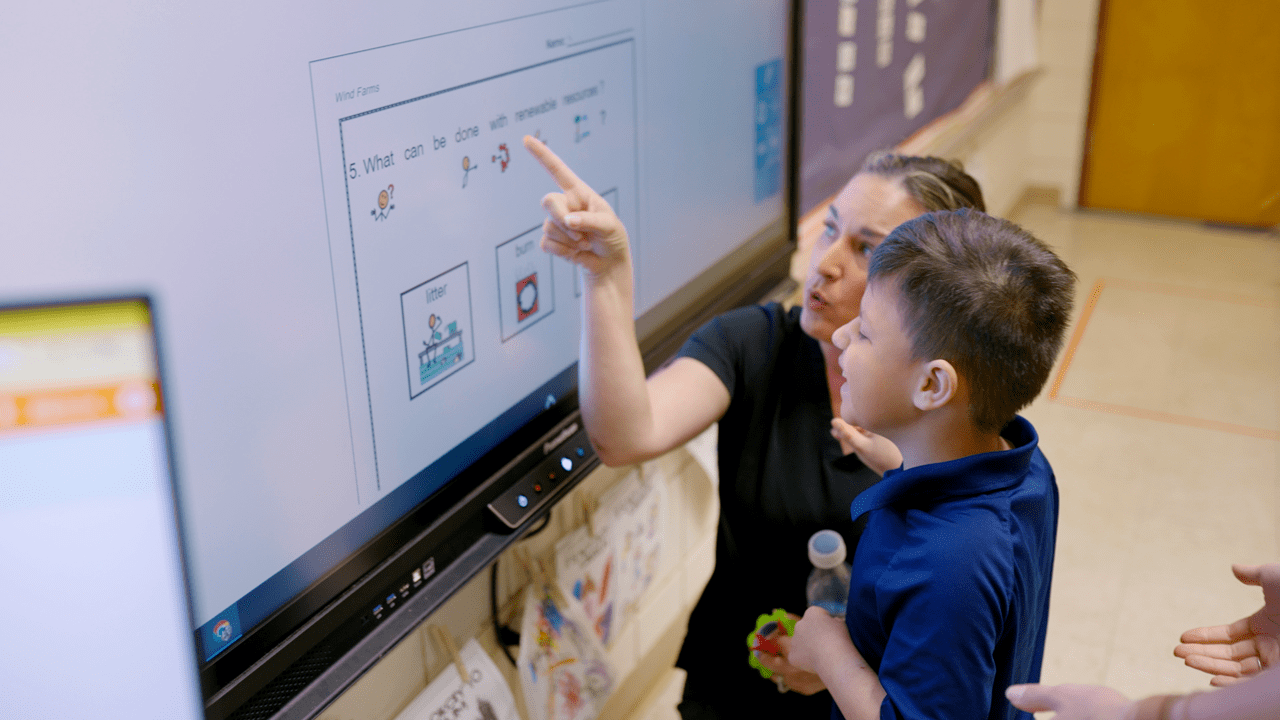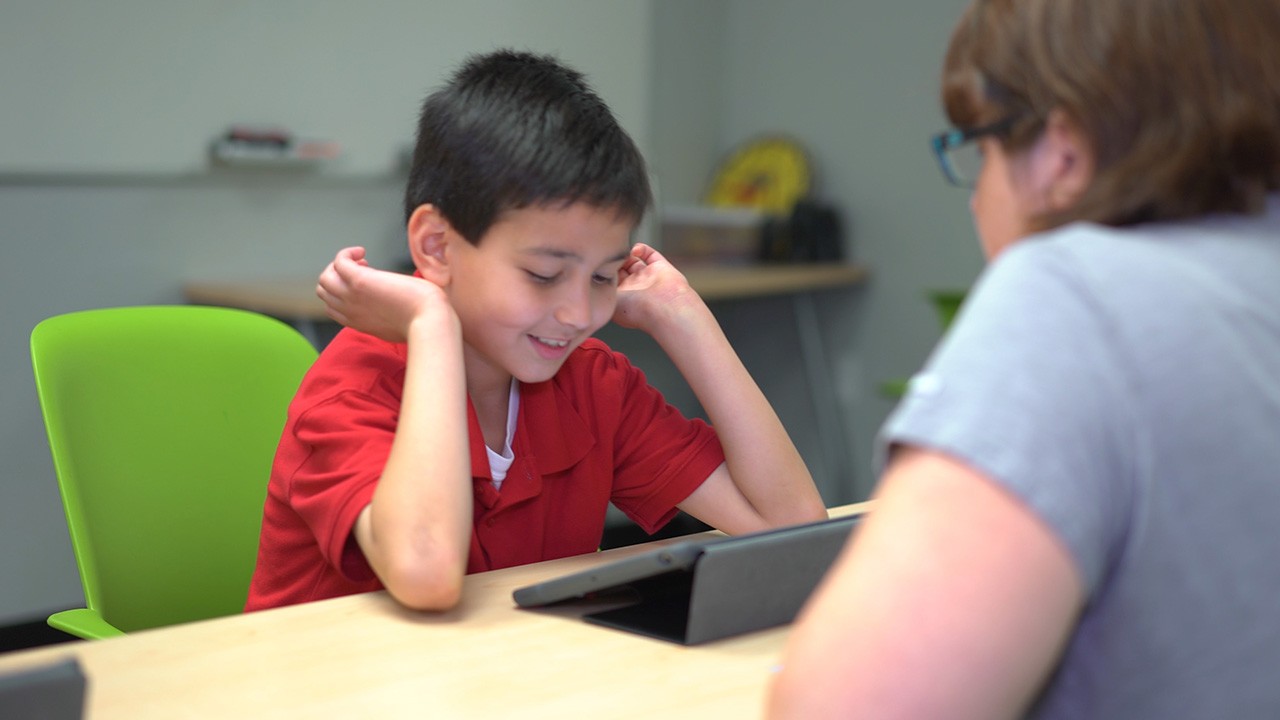I remember the first time I saw American Sign Language (ASL) being used—it struck me as a wonderfully interesting, appealing language, especially since I’m naturally prone to talking with my hands. Out of curiosity, I took an ASL course in graduate school, which led to a second course, and eventually a third—I couldn’t get enough!
Get Started with ASL
I discovered that ASL is a witty, fun, beautiful language with both complexities and uncomplicated interpretations. So how can teachers with little or no background in ASL use this lovely language with students? One resource to start with, SymbolStix PRIME, has over 800 ASL symbols in its library that help teachers to better communicate with students—and help students to better communicate with each other.
Increase Skill Acquisition
Listening and seeing can help students learn, but for many, it’s the “doing” or assigning of muscle repetition—also known as tactile learning—that strengthens muscle memory and solidifies learning. It follows that when teaching a communication strategy or language sound, pairing that new strategy or sound with a sign or symbol will increase acquisition and provide a prompt that is both visual and tactile. For example, when teaching a student that the letter K has a “kuh” sound that comes from your throat, try pairing the ASL K symbol with the sound while gesturing at your throat to prompt the correct pronunciation.
Communicate Basic Needs
ASL can be used as a primary means to communicate basic needs or as a backup in the event that a picture exchange system or other augmentative and alternative communication (AAC) is not readily available.
I’ve found that it’s helpful to use ASL to address the following basic needs:
- Help
- Stop
- More
- Bathroom
- Eat
- Drink
- Yes
- No
This list can gradually be expanded to label feelings, emotions, names, locations, and more individualized needs.
Use ASL as an Access Point
If you and/or your students are trying ASL for the first time, keep in mind that it’s an amazing inclusion opportunity for teaching, learning, and practicing with peers. If one of your students already knows ASL, perhaps that student can be the teacher for a portion of the class, with the support of the SymbolStix PRIME visuals.
Once you dive in, you may be surprised at how much kids love to learn ASL for its own sake. And beyond helping you communicate with students and vice versa, ASL also gives students an access point to communicate with their nonverbal peers. The big picture? Using ASL in the classroom is an opportunity to teach open-mindedness, tolerance, empathy, and caring in an all-inclusive way.
The Whole World’s a Classroom
Many years ago, I was asked to tutor a second-grade girl in some ASL basics at her home. Her parents reached out to me because their daughter wanted nothing more than to be able to communicate with a classmate with hearing challenges. But the girl was so excited to be learning ASL that she inspired her younger brother to join our sessions—and both kids now have tools to communicate with people with hearing challenges.
Foster Independence
As teachers, we’re constantly trying to give our students as many tools and resources as possible to foster their independence. And like me, I think you’ll find that teaching ASL at school or elsewhere may help bridge communication gaps and broaden horizons for one or more people in your life.



